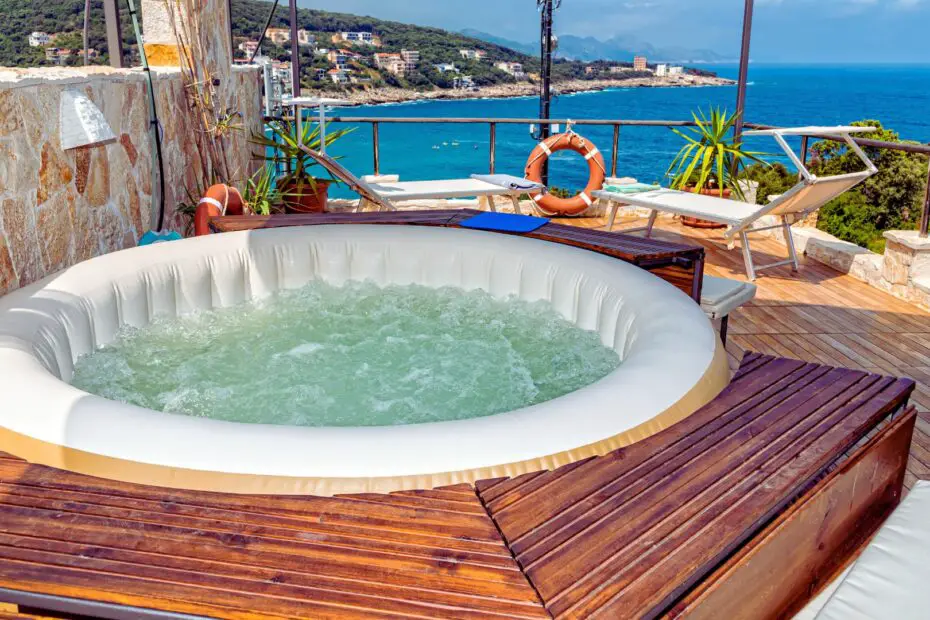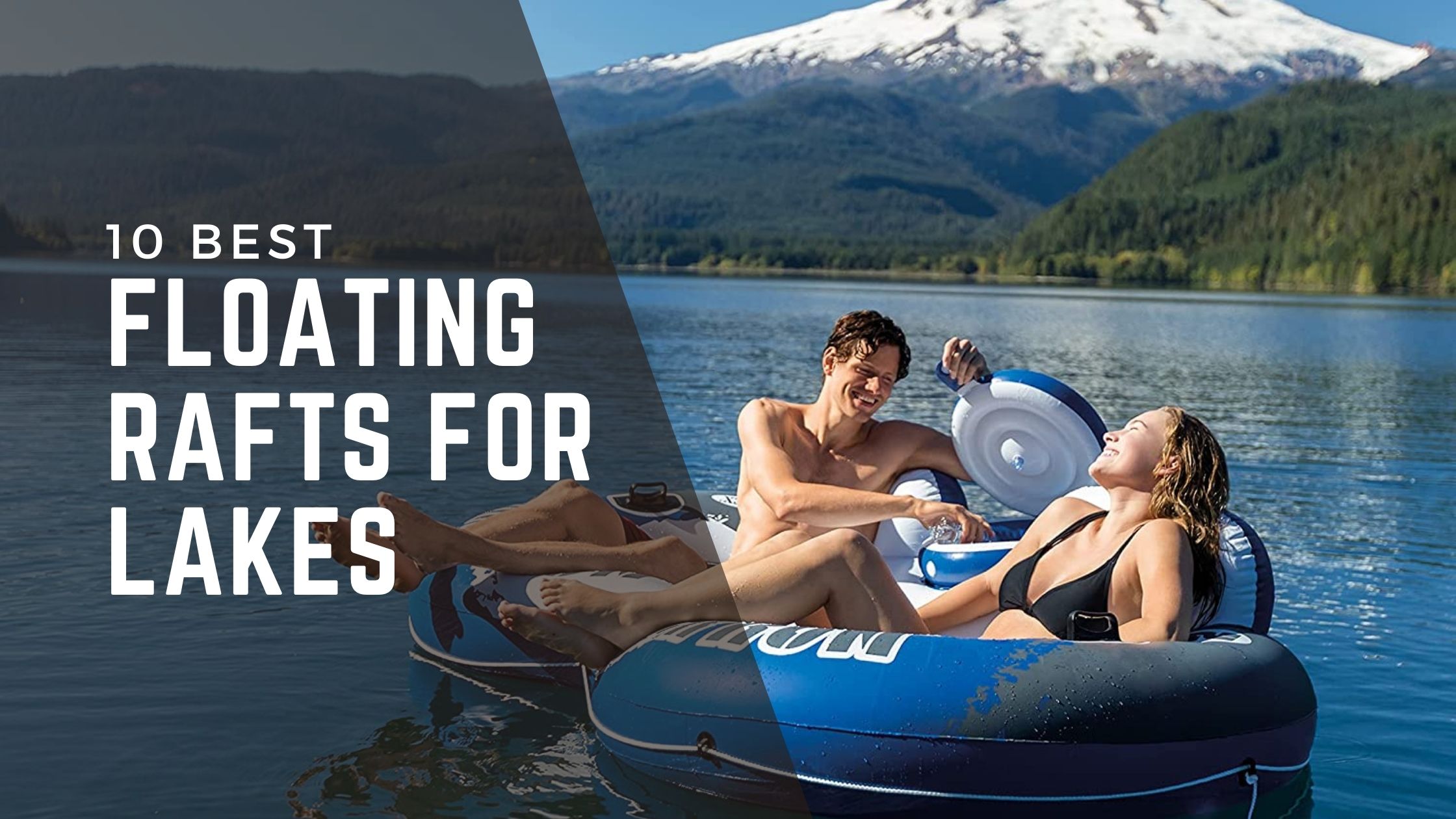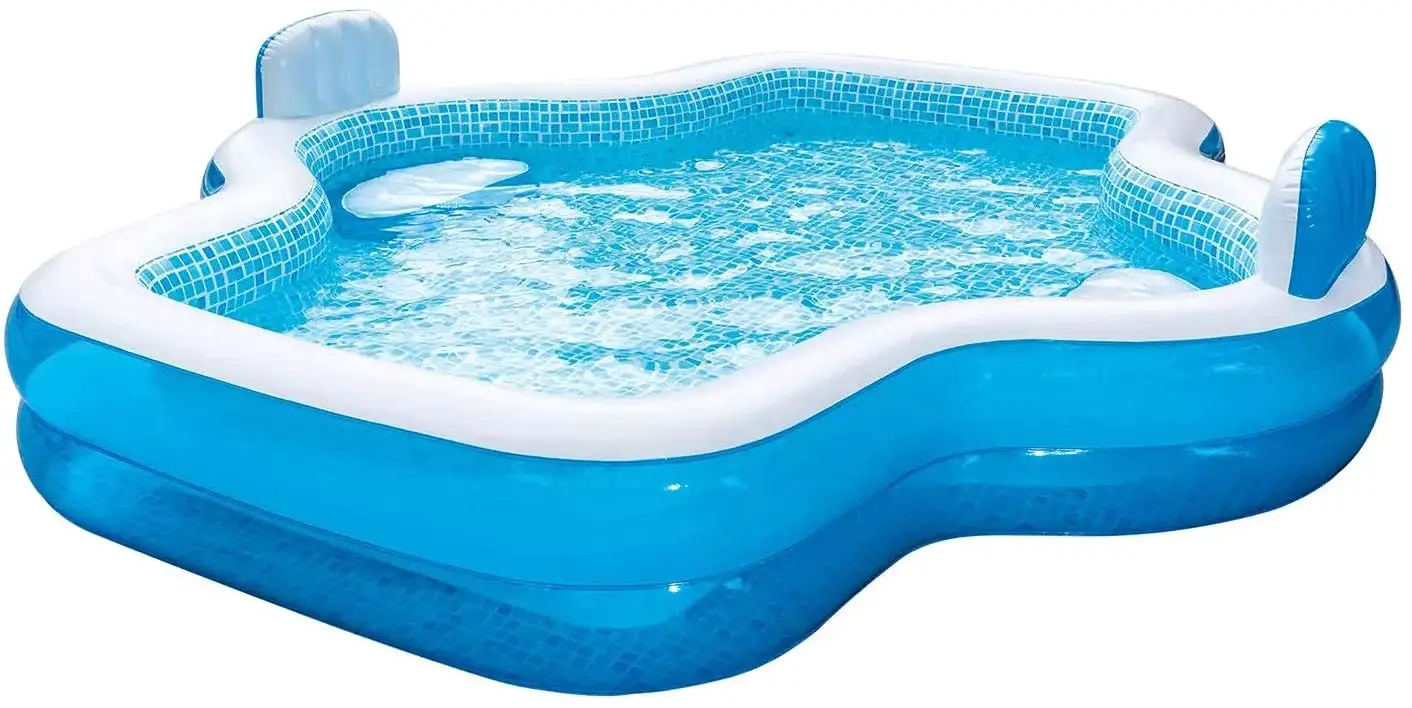Inflatable hot tubs have surged in popularity as a flexible and affordable option for those seeking the luxury of a spa experience in the comfort of their own space. Unlike traditional hot tubs, inflatable models offer the advantage of portability, but their placement requires careful consideration. In this post, we delve into the key factors to consider when deciding where to put your inflatable hot tub, ensuring both optimal enjoyment and safety.
Understanding the Basics of where to put a hot tub
Weight Considerations
An inflatable hot tub, when filled, can be surprisingly heavy. A standard hot tub filled with water and occupants can weigh over 2,000 pounds. Therefore, it’s crucial to select a location that can support this weight without risk of collapse or damage.
Access to Power
These tubs require electricity to heat the water and operate the pump. Choosing a spot within reach of a grounded outdoor electrical outlet is essential. Remember, using extension cords is not recommended due to safety risks.
Privacy and Aesthetics
Consider how exposed the area is. You might prefer a private spot away from neighbors’ view. Also, think about the aesthetic aspect – placing your hot tub in a scenic area of your garden can enhance the relaxation experience.
Ideal Locations for Your Inflatable Hot Tub
On a Patio or Deck
Patios and decks are popular choices due to their proximity to the house and typically stable foundation. However, verify that your deck can handle the weight. Consulting a structural engineer or a professional builder is advisable if you’re unsure.
On a Level Grass Area
Placing your tub on a grassy area can give a natural, serene vibe. However, you need to ensure the ground is level and firm. Using a ground cloth or an interlocking pad system can provide stability and protect the tub from punctures.
Indoors
If space allows, an indoor setup can offer privacy and year-round usability regardless of the weather. Basements or large bathrooms could be suitable spots. However, consider ventilation and moisture issues to avoid mold and mildew growth.
Near a Water Source
Proximity to a garden hose simplifies filling and draining the tub. It’s a practical aspect often overlooked.
Safety and Maintenance Tips
Clear Space
Ensure there’s enough space around the tub. This not only includes room for getting in and out safely but also space for maintenance activities.
Avoid Hazardous Locations
Steer clear of placing your hot tub under trees (to avoid debris and sap), near sharp objects, or too close to fire hazards like outdoor fire pits or grills.
Regular Maintenance
Keep the water clean and chemically balanced. Regularly check for punctures or wear and tear, especially if placed outdoors.
Cover When Not in Use
Using a cover not only retains heat but also keeps debris out, reducing cleaning time and extending the life of your hot tub.
Conclusion
Selecting the perfect spot for your inflatable hot tub involves balancing practical considerations like weight capacity, power access, and level ground with personal preferences for privacy and aesthetics. By following these guidelines, you can ensure a safe, enjoyable, and relaxing hot tub experience right at home. Remember, the best location is one that combines functionality, safety, and personal enjoyment, creating a tranquil retreat for you to unwind.



